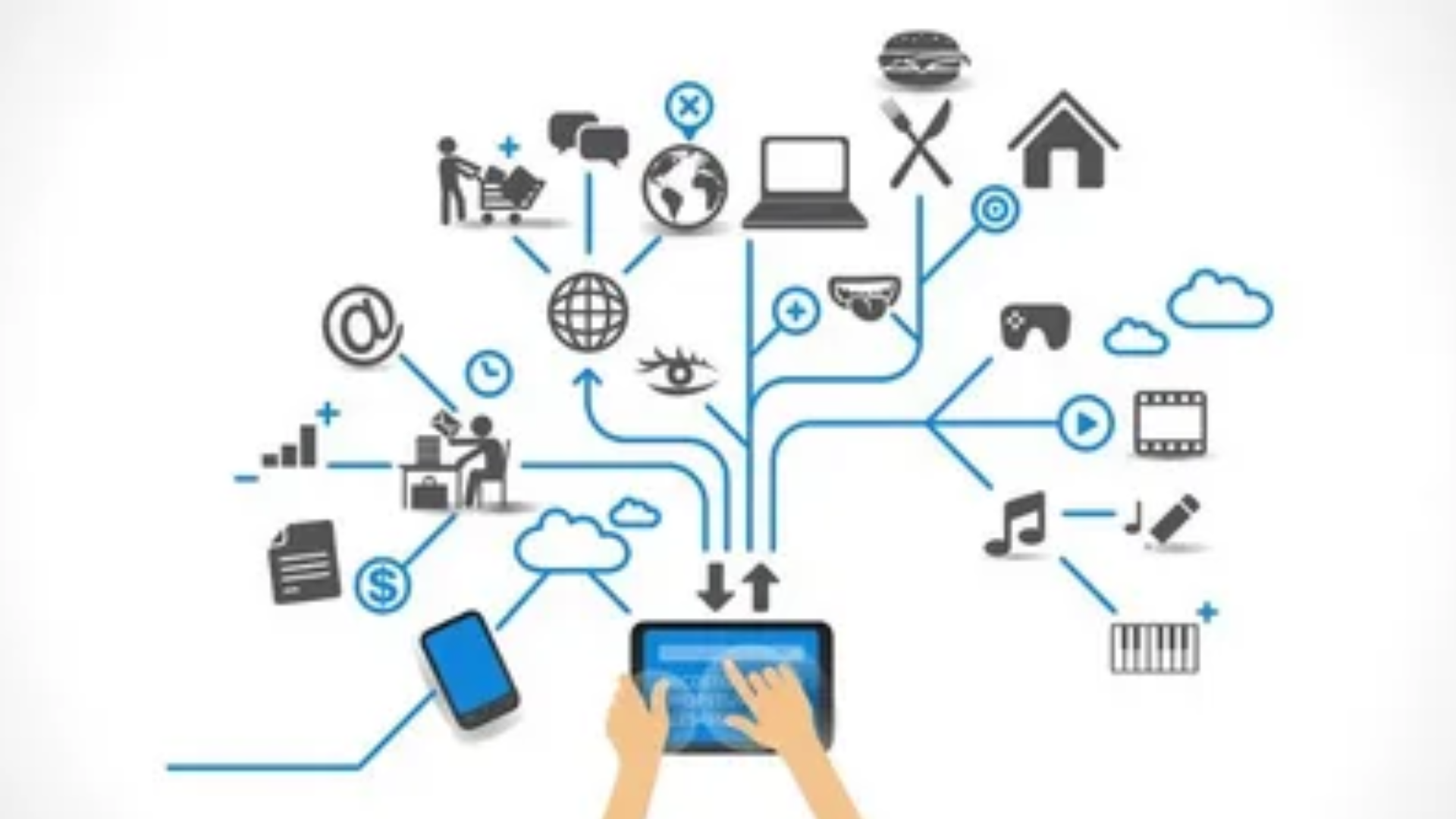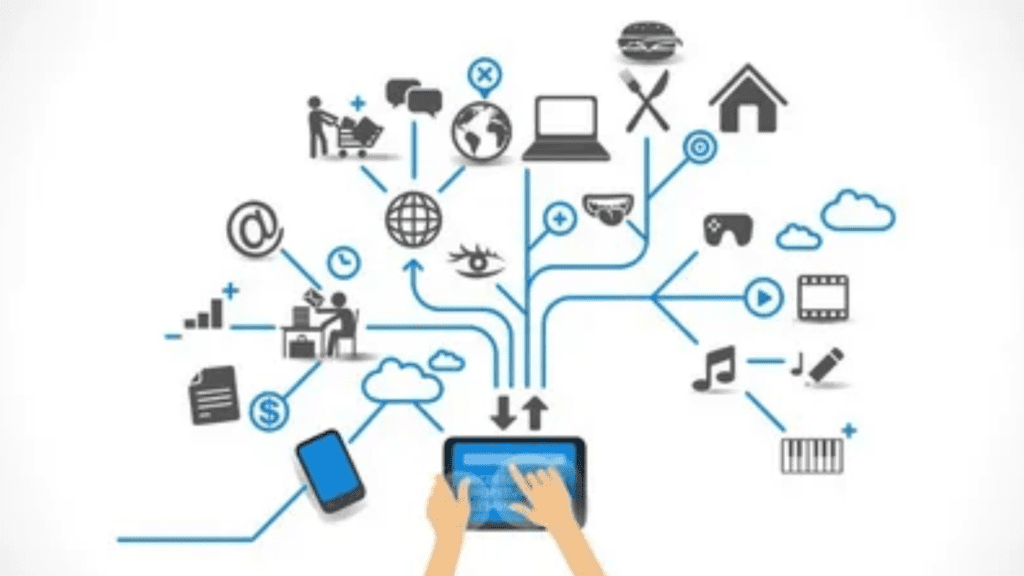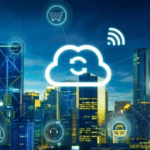Welcome, tech enthusiasts! Today, we’re diving into the exciting world of edge computing and how it’s becoming the superhero of the Internet of Things (IoT). Picture this: you’re in a race, and instead of waiting for your data to travel all the way to a distant cloud (which is basically a fancy term for a data center in the sky), you’ve got a speedy sidekick right next to you. That’s edge computing for you! Let’s explore how this nifty technology is transforming the way devices communicate and process data.
What is Edge Computing?
Before we start throwing around buzzwords, let’s break it down. Edge computing refers to processing data closer to the source of data generation rather than relying on a centralized data center. Imagine you’re at a pizza shop (yum!), and instead of sending your order to a warehouse on the other side of the city, the chef cooks it right there in the kitchen. This way, your pizza (or data) arrives faster and fresher.
The Traditional Cloud Computing Model
In the traditional cloud model, data from your smart thermostat, security cameras, and wearable devices travels to the cloud for processing. This model works well, but it has its limitations:
- Latency: Sending data back and forth can introduce delays.
- Bandwidth Costs: Uploading large amounts of data can be expensive.
- Privacy Concerns: Storing sensitive data in the cloud can raise security issues.
The Edge Computing Advantage
With edge computing, data is processed on local devices or edge servers, significantly reducing latency and improving performance. Here are some key benefits:
| Benefit | Description |
|---|---|
| Reduced Latency | Immediate data processing results in faster responses. |
| Lower Bandwidth | Less data sent to the cloud means lower costs. |
| Enhanced Security | Sensitive data stays closer to home, reducing exposure risks. |
| Real-Time Insights | Faster data processing enables timely decision-making. |
How Edge Computing Powers IoT Innovation
1. Faster Decision-Making
In a world where time is money (or, let’s face it, pizza), edge computing allows devices to make split-second decisions. For example, think of self-driving cars. These vehicles collect data from sensors and cameras at lightning speed. If a cat suddenly decides to cross the street, the car needs to react immediately. With edge computing, data processing happens right in the vehicle, making real-time decisions possible.
2. Improved Reliability
Let’s be honest: we’ve all experienced that awkward moment when our internet connection drops, right? Edge computing reduces reliance on the cloud, making devices more reliable even when connectivity is spotty. For example, a smart factory can continue operating even if it loses its internet connection, thanks to local processing.
3. Enhanced Security
In a world where data breaches are more common than bad puns, security is a big deal. Edge computing helps keep sensitive data local, minimizing the risks of sending it across the internet. This means less chance of your smart fridge being hacked and ordering 100 pizzas while you sleep. (Trust me, your waistline will thank you!)
4. Scalability
As IoT devices multiply, managing them all can be tricky. Edge computing makes it easier to scale operations without overwhelming the cloud. Adding new devices? No problem! They can process data locally, reducing the load on centralized systems.
Use Cases of Edge Computing in IoT
1. Smart Cities
Imagine a bustling city where traffic lights adjust in real-time based on traffic flow. With edge computing, data from traffic sensors can be analyzed immediately, allowing for smoother traffic management. This means fewer traffic jams and, dare I say, less road rage.
2. Healthcare
In healthcare, every second counts. Edge computing can help in monitoring patients remotely, analyzing data from wearables like heart rate monitors or glucose sensors in real-time. Doctors can receive immediate alerts, allowing for prompt medical interventions. Just imagine the peace of mind this brings!
3. Agriculture
Farmers can leverage edge computing to monitor crop health using drones equipped with sensors. These drones analyze data on the spot, providing real-time insights that help optimize water usage and pesticide application. Talk about farming smarter, not harder!
4. Retail
Retailers can utilize edge computing for real-time inventory management. Smart shelves can detect when products are running low and automatically trigger restocking. It’s like having a personal shopping assistant that never takes a day off!
Challenges of Edge Computing
As with any technology, edge computing comes with its own set of challenges. Here are a few to keep in mind:
1. Device Management
Managing a vast number of edge devices can be a logistical nightmare. Ensuring they’re all updated and functioning properly is crucial. Imagine trying to keep track of your socks after laundry day—chaotic, right?
2. Security Concerns
While edge computing can enhance security by keeping data local, it also introduces new vulnerabilities. Each edge device is a potential entry point for hackers. It’s like having a fancy lock on your front door but leaving the back window wide open!
3. Data Consistency
With data being processed at various locations, maintaining data consistency can be tricky. It’s essential to ensure that all devices are working with the same version of data, or things could get messy fast—like a group chat with too many people!
The Future of Edge Computing and IoT
1. Growing Ecosystem
As the IoT ecosystem continues to expand, the role of edge computing will become even more critical. We can expect more devices to support edge processing, leading to faster, smarter applications.
2. Integration with AI
The synergy between edge computing and artificial intelligence (AI) will pave the way for even more innovative solutions. AI algorithms can be run locally, enabling devices to learn from their environments and improve over time. This means our gadgets might soon be able to predict our pizza preferences—delicious!
3. Sustainability
With the rise of edge computing, we can expect a more sustainable approach to data processing. By reducing the need for extensive data transfer, we can lower energy consumption and carbon footprints. So, every time you enjoy a fast, local pizza, you can feel good about being eco-friendly!

Conclusion
In conclusion, edge computing is not just a buzzword—it’s a transformative technology that’s powering the next wave of IoT innovation. From faster decision-making to enhanced security, the benefits are clear. As we continue to embrace this technology, we can look forward to a future filled with smarter cities, efficient healthcare, and sustainable practices. So, the next time you enjoy a slice of pizza (or a data packet), remember that edge computing is working hard behind the scenes to make it happen.
And hey, if you’ve got any questions or just want to chat about tech (or pizza!), feel free to drop me a line. Happy computing!



